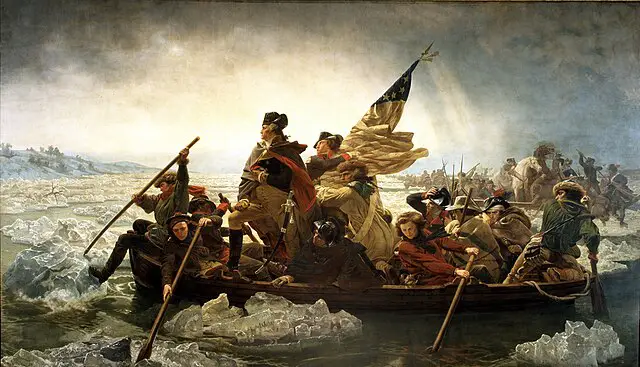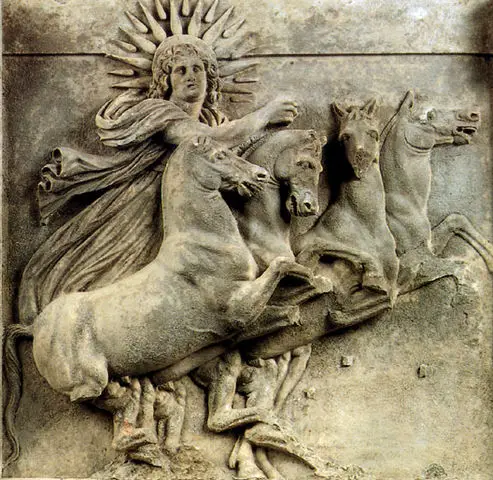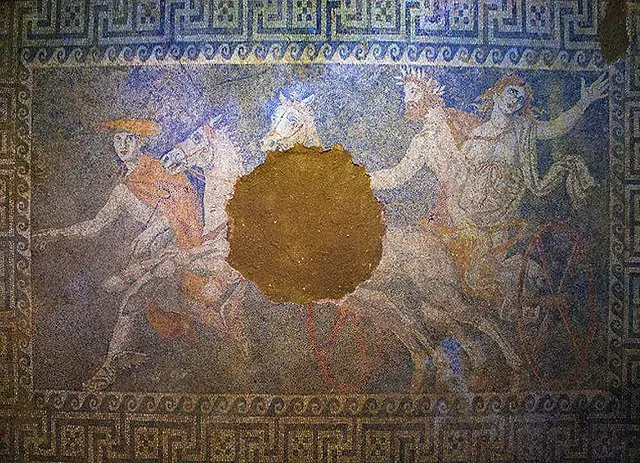The Haudenosaunee, or Iroquois Confederacy are the oldest surviving active democracy in the world. The date for the foundation of the Iroquois Confederacy dates to somewhere between 1142 and 1450. The 3 branch government structure of this confederacy is fascinating as it implies a fully functioning direct democracy that is significantly older than the United States.
The government structure of the Iroquois Confederacy is a democracy based around three branches of government. First, chiefs are chosen from each clan to represent the tribe in the confederacy. Second, all major legislation had to be voted in across the whole of the confederacy. Third, the women of the Iroquois Confederacy could demote the chiefs providing a valuable balance.
Here at The History Ace I strive to publish the best history articles on the internet. If at the end you enjoyed this article consider subscribing to the free newsletter and sharing around the internet.
Without further ado, here is the 3 branch government structure of the Iroquois Confederacy.
Branch 1: Elective Hoyenah or Chiefs In The Grand Council Of The Six Nations
The first branch of government of the Iroquois Confederacy comes from their ‘executive’ chiefs.
Each individual clan of Iroquois would elect a chief amongst themselves that best reflected the clan’s values. This chief would represent the clan at the The Grand Council of the Six Nations and act on behalf of their family.
When a new chief was elected they were trained by the other chiefs and given a new identity. This solidified the fact that the chief’s power came from his clan and that he was a representative of this clan.
Upon successfully training into the Grand Council the chief would be given a new name and title to go by. For the rest of his life, this was his new identity.
While in the Grand Council each chief had the right to openly speak his mind regarding a proposed action. It was required of all chiefs to listen and respect the other chiefs regardless of power difference between their clans.
Previous western historians have attributed the Iroquois Confederacy as being a central government, however this is false. From the ground up the Iroquois Confederacy is a unique style of government.
This Grand Council would provide a valuable unifying force between all the tribes of the Iroquois. Several large decisions would be voted upon in this council and each chief would be able to openly speak his mind.
As such the first branch of the government structure of the Iroquois Confederacy was the elective chiefs of the Grand Council.
Branch 2: All Legislation Had To Be Voted In Across The Whole Confederacy
The second branch of the government structure of the Iroquois Confederacy was its legislative voting process.
In order for a piece of legislation to be passed 75% of the men and 75% of the women in the confederacy would have to vote in favor of it. This was the foundation of the Iroquois Confederacy; equal voting process across the clans.
This means that the Iroquois Confederacy is a rare form of consensus government.
However, the Iroquois Confederacy has several unique things. In order to repeal a law only the mothers of the clan were able to vote. Here the Iroquois Confederacy needed two-thirds of the total Iroquois mothers to repeal or alter a law.
The importance of mothers being guiding forces in Iroquois politics stems back to the foundation of the Iroquois Confederacy. One of the founders was named Jigonhsasee and she was given the name “Mother of Nations.”
In order to make major altering adjustments to the confederacy there needed to be a double supermajority vote. This prevented any one tribe from dominating the politics within the Iroquois Confederacy.
What this means is that from the foundation of the Iroquois League all legislation had to be voted upon by each member of the nation. This was a direct democracy where all members held an equal vote.
As such the second branch of the government structure of the Iroquois League would be the legislative voting branch.
Branch 3: Check and Balance Of Mothers Upon The Chiefs
The third branch of the government structure of the Iroquois Confederacy would be the check and balance of the mothers of each clan upon the chief’s in the Grand Council.
The chiefs were elected from the clan. The clan was headed by a mother. There existed a ritual where a clan mother could return the chief back to the clan. After this a new chief would be elected.
This ritual was called “knocking off the horns.” It signified removing the deer antlers from the chief’s headgear. The antlers symbolized leadership within Iroquois Society.
When the clan mother removed the antlers from their clan chief he would return to his previous life. This provided a valuable check and balance upon the grand council.
Should the chief of the clan ever act against the best interest of the clan then he could be removed from power and a new chief elected. This was one of the first instances of checks and balances of power in the Americas.
This check and balance by the clan mothers demonstrates how democratic the Iroquois Confederacy was. Even during its inception all power of the confederation was localized around the clans. This resulted in the confederacy being built from the ground up.
As such the third branch of the government structure of the Iroquois Confederacy was the check and balance provided by the mother of the clans.
Conclusion
There you have it; an entire article going over the 3 branch government structure of the Iroquois Confederacy.
The Iroquois remain a fascinating subject of research. For the past two centuries historians have failed to adequately research this confederacy. The main reason for this was the failure of older historians to recognize the validity of oral histories.
Here at The History Ace I strive to publish the best history articles on the internet. If you enjoyed this article then consider subscribing to the free newsletter and sharing around the internet.
Further, you can check out some of the other articles below.
-
How The American Revolution Changed The World

Here is how the American Revolution changed the world. Many people are not aware of just how important this event actually was.
-
Why The Roman People Loved Chariot Racing

Why did the Roman people love chariot racing? Well it all comes down to these 3 reasons.
-
The Design and Color of Roman Chariots

What was the design and color of Roman Chariots? Were they faster or slower then normal chariots? Well here is everything!
Sincerely,
Nick